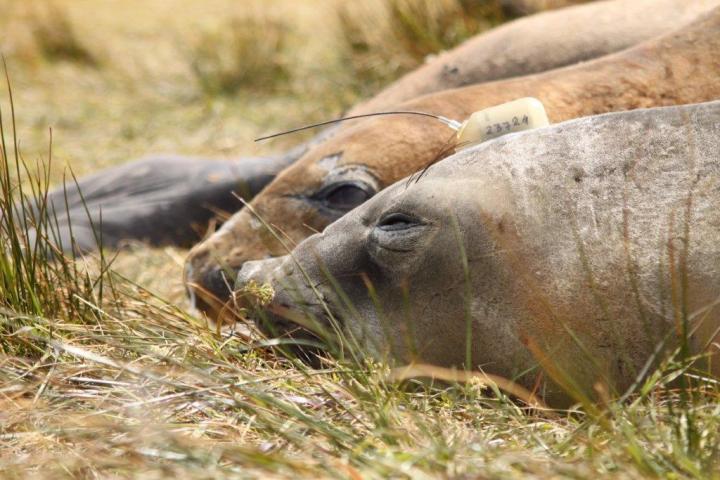
Credit: A. Vila/WCS
The use of satellite telemetry in conservation is entering a “golden age,” and is now being used to track the movements of individual animals at unprecedented scales.
To determine the success or failure of satellite tracking devices across species and habitats, authors analyzed data from over 3,000 devices deployed on 62 terrestrial species in 167 projects worldwide
While the analysis showed that 48 percent of the unit deployments ended prematurely – half of them due to technical failure – the study showed that the performance of satellite telemetry applications has shown improvements over time, and based on the findings, recommendations are provided for both users and manufacturers.
###
Media Contact
Stephen Sautner
[email protected]
Original Source
https:/
Related Journal Article
http://dx.




